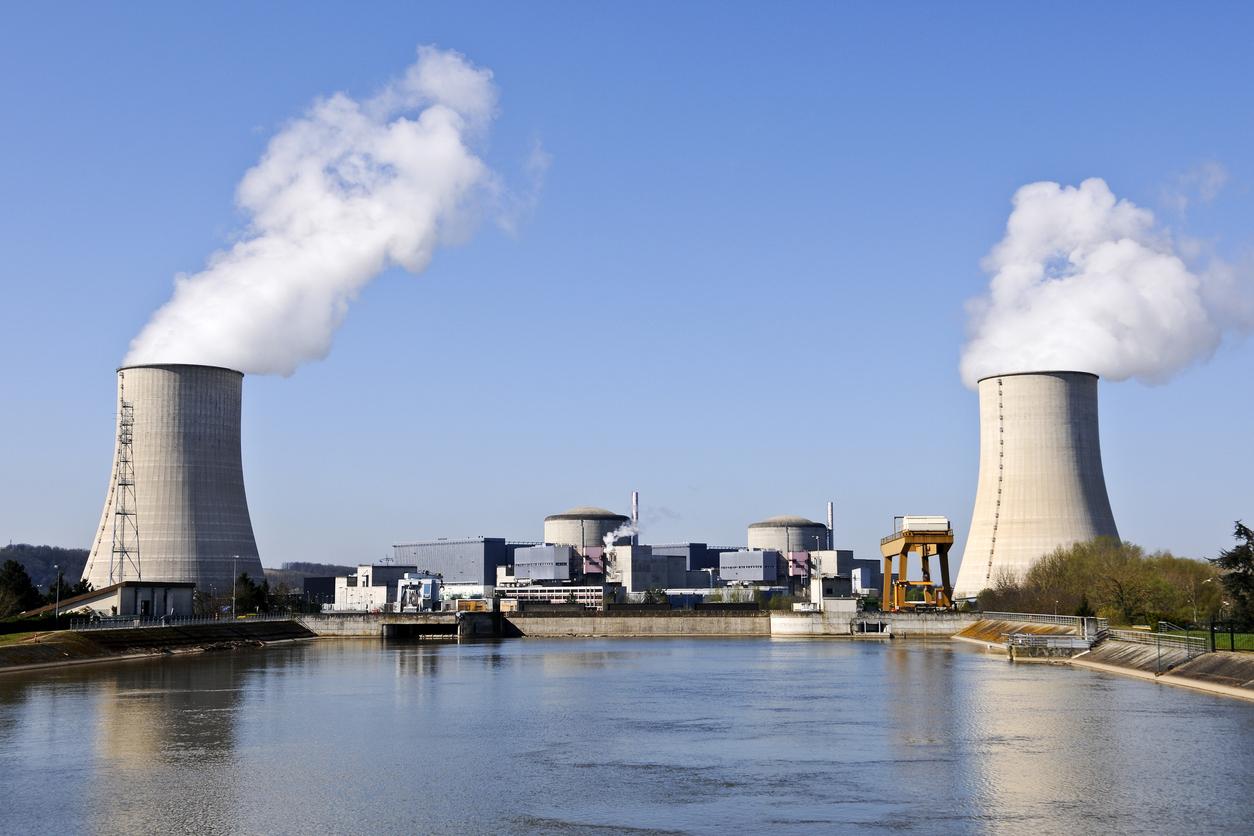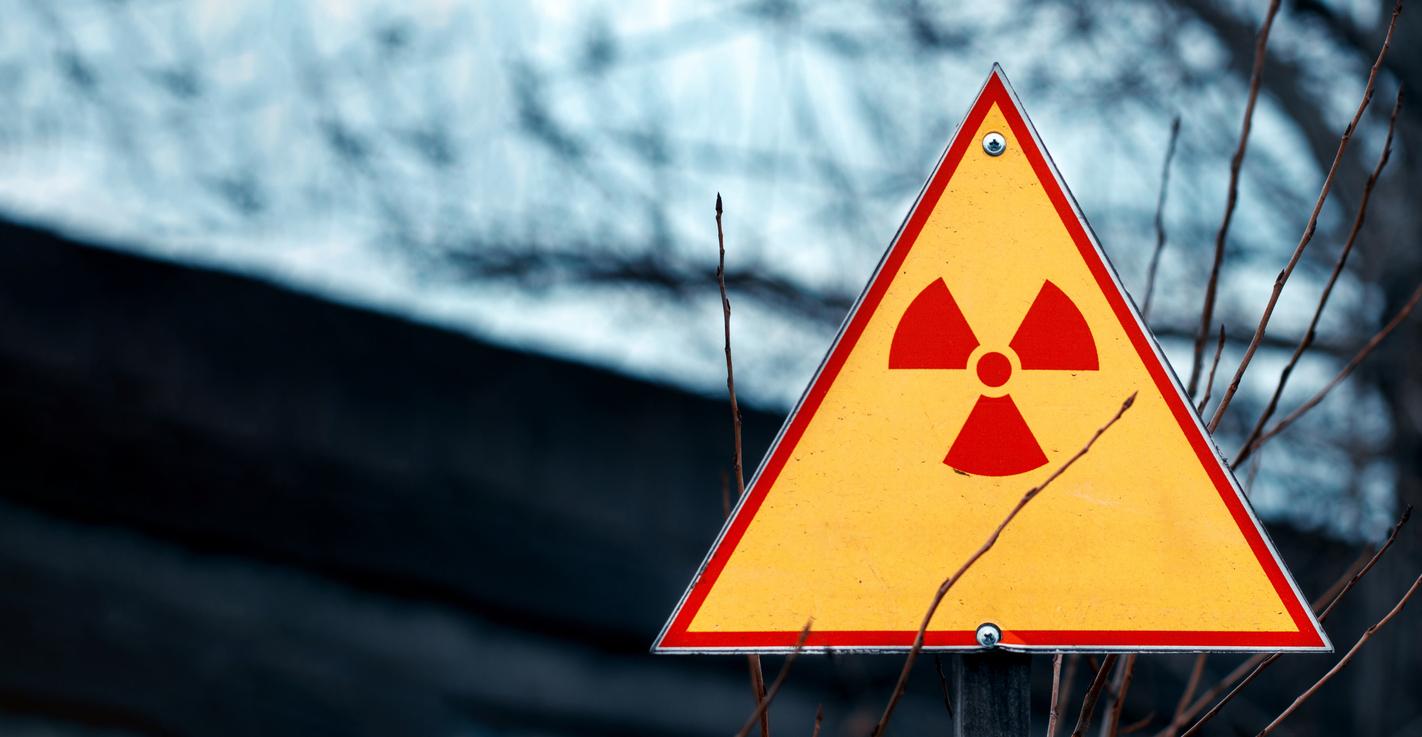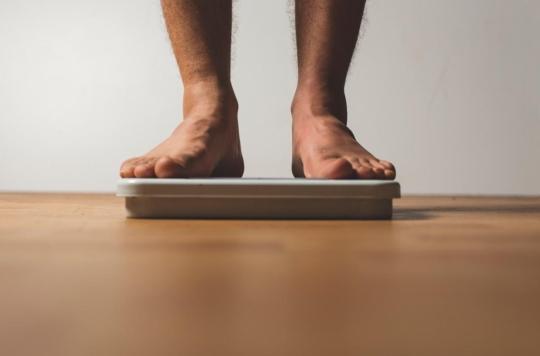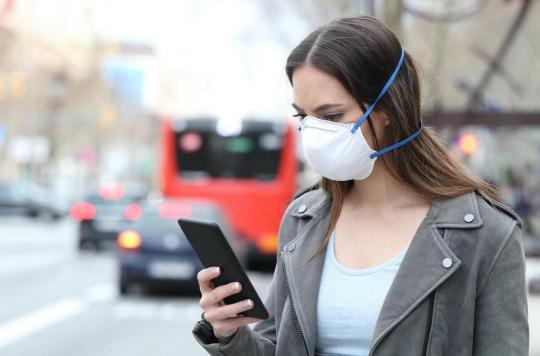The President of the Republic has promised a review of the procedure for compensating victims of nuclear tests in Polynesia.

“I recognize that the nuclear tests carried out between 1966 and 1996 in French Polynesia had an environmental impact, caused health consequences”. These words, pronounced by François Hollande on the occasion of his visit to the South Pacific archipelago, are heavy with meaning.
For the first time in thirteen years, a French president is visiting these lands damaged by thirty years of nuclear tests – 193 underground and 46 aerial, carried out on the atolls of Mururoa and Fangataufa. “Without Polynesia, France would not have acquired a nuclear force, and therefore a deterrent force,” said François Hollande.
Little consolation, when we assess the price paid by populations exposed to radiation. While the compensation file is stalling – out of 1,000 claims, only 20 have been validated – the President of the Republic has promised a review of the procedures allowing recognition of the damage.
“Negligible risk”
In fact, the Morin law, named after the former Minister of Defense, excludes a certain number of compensation cases. At issue: the notion of “negligible risk”. To obtain compensation, the victims must show that they are suffering from one of the 21 pathologies appearing in the list of radiation-induced diseases, and that they were present at the irradiated premises.
“However, a file can be rejected if the risk is considered negligible,” explains Bruno Barrillot, former delegate for the monitoring of tests with the Polynesian government. Except that the cases of compensation and the rejection of files show that this rule is interpreted in an arbitrary manner. The Committee rejected the files on the grounds that there was a lack of information on dosimetry. But as most of the dosimeters worn by Polynesian workers and veterans of the time indicated values equal to zero… ”
Bruno Barrillot, former delegate for the follow-up of the tests with the Polynesian government: ” Files have been validated for people exposed 400 km from Mururoa. Other files of workers directly exposed to Mururoa were refused… This shows the arbitrary nature of the procedure. “
To compensate for this lack of information, the association Moruroa e armadillo, which brings together Polynesian victims, advocates the use of a procedure based on the principle of presumption – if a person exposed at the time of the facts has a radiation-induced disease, then the link is presumed. Proof is not necessary to obtain redress.
Declassify files
It is this notion of “negligible risk” that François Hollande has therefore promised to revise. Except that the procedures run the risk of encountering the same problem: that of access to quantified data on irradiation levels, the places exposed, the populations concerned … “At the time, the army recorded a massive amount of radiation. ‘information, specifies the physicist Roland Desbordes, president of the Commission for Independent Research and Information on Radioactivity. The problem is that the archives are classified ”.
And they are forever. While the United States published the data on the Nevada trials fifty years after the fact, France, she, amended in 2009 the heritage code. The communication of nuclear-related information is now impossible. “The State asks the victims to prove a link, while it is the army which holds this evidence”, deplores Roland Desbordes.
A grievance taken up by Polynesian associations. “Among this classified information, we find among other things medical files to which patients do not manage to have access to constitute their claim for compensation,” denounces Bruno Barrillot.
Thyroid cancers: science advances its pawns
For their part, scientists are trying to establish links to refine our knowledge of the impact of irradiation on exposed populations. Thereby, Inserm studied the excess thyroid cancer in Polynesia. In a study published in 2010 in the British Journal of Cancer, the authors conclude that 10% of cancers are linked to nuclear tests. “But the results were disputed because we lacked dosimetric data,” explains François de Vathaire, who led the work. In the end, the study is very watered down ”.
Faced with citizen pressure, the State declassified in 2013 some sixty documents from military archives. A mine of information for science, which will allow new work to be launched. “We are going to double the size of the study, which will cover 400 cancers”, specifies François de Vathaire. The researchers will use molecular biology to look for specific markers in the tumor tissues of patients, stored in paraffin blocks. “These markers, if they exist, would constitute a kind of signature of radio-induction.” And would necessarily facilitate the recognition of the damage.
.















